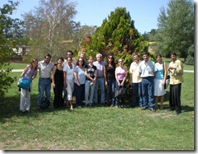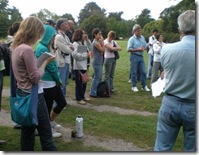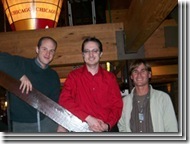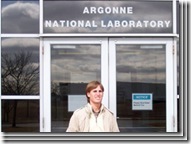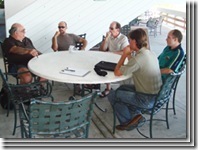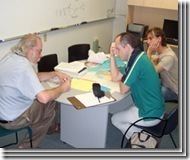Project participants Maru Skansi and Silvia Núñez from Argentina’s Meteorological Service prepared a report on the recent drought conditions in the Argentine Pampas. During 2008, total precipitations ranged between 40 and 60 percent of “normal” values (1961-1990).
The severe drought has had large negative impacts on Argentina’s mostly rainfed agriculture. According to newspaper Ámbito Financiero (24 February 2009) the 2008-2009 production of wheat, soybean, maize and sunflower is estimated at 64.4 million tons, a decrease of 24.8 million tons with respect to the previous cycle. The economic impact of this decrease is about 6200 million dollars, or 2.2% of Argentina’s GDP.
The spatial extent and severity of the drought is described by the 12-month Standardized Precipitation Index (SPI) for February 2009), which places in context cumulative rainfall anomalies since March 2008. The SPI, implemented by the Met Service with support from this project, shows very dry or extremely dry conditions over most of central-eastern Argentina.

